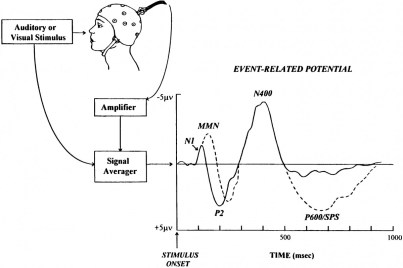0.15.30.40. Universal scoring vocab to any tennis fan. I grew up watching all types of sports, and tennis was not the exception. I heard names like Federer, Nadal, Djokovic, Sharapova, and Serena Williams(QUEEN!). The main tournaments in the tennis world are the Gland Slams. They happen 4 times a year, and during that time, you can bet that I’m constantly checking my phone for scores or watching it on television. Prior to coming to Paris, I knew that Roland Garros would take place while I was here. Never in a million years did I imagine that I would get the opportunity to attend and be able to sit and watch a match with a couple of friends. It was truly a once-in-a-lifetime experience!

Roland Garros Round 2 Peterson vs. Vekic
I will admit that while I was sitting, watching this tennis match at the Open, I did not wonder how the players were able to accurately hit the ball every single time. But after reflecting on my experience, I decided I wanted to do further research since I was in such awe at how beautiful and graceful they were.
Do you ever wonder how a tennis player can return a ball smoothly when it’s coming at them at 92MPH? It’s almost as if they have an instinct for it. One study in particular aimed to test whether or not there was a difference in brain activation depending on the level of expertise (Balser et. al., 2014). For this study, they recruited 15 tennis experts and 16 volleyball experts chosen from a pool of professionals. They acted as the novice participants for whatever sport they were not an expert in. They were then shown videos of both volleyball and tennis players and were asked to predict where the ball would go simply based on early movement from the serve player. While this was going on, they measured the level of activation, through fMRI for three major brain areas: the Supplementary Motor Area commonly involved in the control of movement, the Superior Parietal Lobule reflecting the spatial orientation, and the cerebellum which uses a predictive internal model to solve a task. They found that the tennis player watching the tennis player serve had higher levels of activation in all 3 brain regions. This suggests that the experts will rely more on fine-tuned perceptual-motor representations than non-experts; the information has been made into a reflexive memory. This means that although the tennis players were not actively returning the serve, their brain was activated when watching the videos as if they were!
Another study looked at how people determined when an object reached the target point. Chang and Jazayeri sought to test whether people used mathematical concepts or temporal cues when engaging with dynamic stimuli and deciding the time to contact (2018). They had people look at an object moving across their visual field in 3 categories. In the first, their view of the object was obstructed, and they had the subjects guess when the object would reach a certain point. The other group never lost sight of the object. The third group was shown the object at the fixation point in the middle of the screen. Results show that when people were not able to see the object (Group 1), they based when the object had arrived on just temporal cues such as time, but when they were exposed to the object (Group 2 or 3), they still relied on both mathematical and temporal cues. In the world of tennis, this is significant because not only does the athlete calculate how quick the ball is coming at them, but they also contextualize the ball with their environment as well as listen to when the ball hits the court in order to have the most optimal response. So, it’s not just the arithmetic-side of the brain, there are also sensory inputs that go into decision-making.
I hope that the next time you’re watching a tennis match your brain does not attempt to analyze every single serve, if so, then I apologize. I know that the next time I’m watching Roger Federer (my favorite!) play for his 21st Grand Slam title hopefully here in Paris, I’ll be thinking about his tremendous ability to return a serve partly thanks to the brain. Oh, and I’ll be wearing my newly purchased Panama hat!

my Panama hat!
References
Balser N, Lorey B, Pilgramm S, Naumann T, Kindermann S, Stark R, et al. (2014) The influence of expertise on brain activation of the action observation network during anticipation of tennis and volleyball serves. Front. Hum. Neurosci. 8:568.
Bilalić, Merim. “Introduction to Research on Expertise (Chapter One) – The Neuroscience of Expertise.” Cambridge Core, Cambridge University Press, 2017, www.cambridge.org/core/books/neuroscience-of-expertise/introduction-to-research-on-expertise/FCA452C4751357765F8A81CA8580834A.
Image 1: taken by me
Image 2: Chang CJ, Jazayeri M (2018) Integration of speed and time for estimating time to contact. PNAS 115 (12) E2879-E2887.
Image 3: taken by me




























